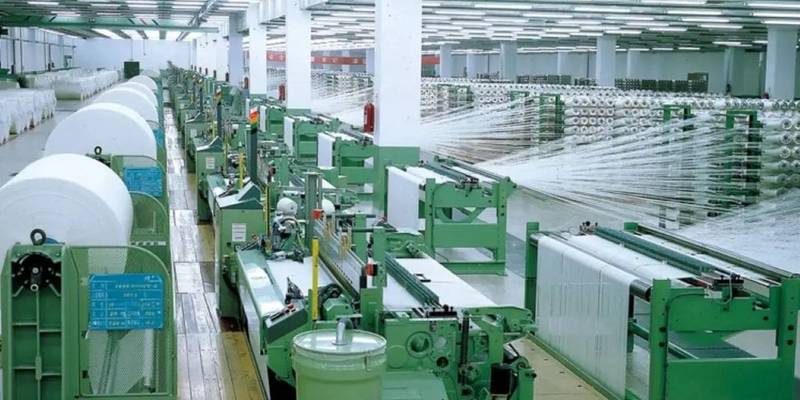KARACHI: Pakistan’s textile industry has experienced a significant decline in production, particularly in the cotton yarn and cotton cloth segments, resulting in a worrisome overall decrease of 26% year-on-year.
Contrarily, the apparel industry has had phenomenal growth, with clothing output rising by 13% annually in April 2023 and an astonishing 26% annually in the first 11 months of FY2023.
The drop in output of cotton yarn and cotton cloth, two capital-intensive divisions of the textile industry, can be ascribed to a number of factors, according to Nasheed Malik, a textile sector analyst at Topline Securities. These components, which include mechanised operations like spinning and weaving, heavily rely on equipment and power. This drop is a result of a combination of technological limits, economic difficulties, and price variations in raw materials.
On the other hand, there are two key reasons for the success of the clothing sector. Malik emphasised that two cycles of rupee devaluation against the US dollar occurred in Pakistan’s currency in 2018–19 and 2022–23. “These devaluations have reduced the cost of labour in Pakistan, giving it a competitive advantage similar to Bangladesh’s.” As a result, Pakistani clothing and garment production has grown more affordable, drawing more orders from global consumers.
The All-Pakistan Textile Mills Association (APTMA) has expressed worry over the industry’s high energy prices, which make up between 30 and 40% of manufacturing costs. APTMA has urged that losses and cross-subsidies be excluded from a separate category of power pricing. Lower electricity costs would have a substantial impact on the industry’s entire cost structure and improve its ability to compete. In contrast to the current value of $16.5 billion during FY2023, which represents a 15% year-over-year reduction in the 11-month period, textile exports might potentially reach $50 billion by FY2027 if this demand is realised.
A worrying 14.37% year-over-year decline is seen in the Large-Scale Manufacturing Index (LSMI) for May 2023, according to recent statistics. Additionally, a reduction of 9.87% year over year is shown overall for the first 11 months of FY2023. Several industries, including those in the textile, automotive, food, pharmaceutical, petroleum, cement, and tobacco sectors, are to blame for this loss. The furniture and clothing sectors, which witnessed growth rates of 2.6% and 0.5%, respectively, have made some constructive contributions. The LSMI has demonstrated a promising 5.9% gain month over month.
The textile industry’s decline and the apparel sector’s growth in Pakistan highlight the need for comprehensive measures to address the challenges faced by the sector. The government, industry stakeholders, and policymakers must collaborate to find innovative solutions that enhance productivity, reduce costs, and improve competitiveness. By leveraging the strengths of the apparel sector and resolving the issues faced by the textile industry, Pakistan can strive towards a more robust and thriving manufacturing sector.

